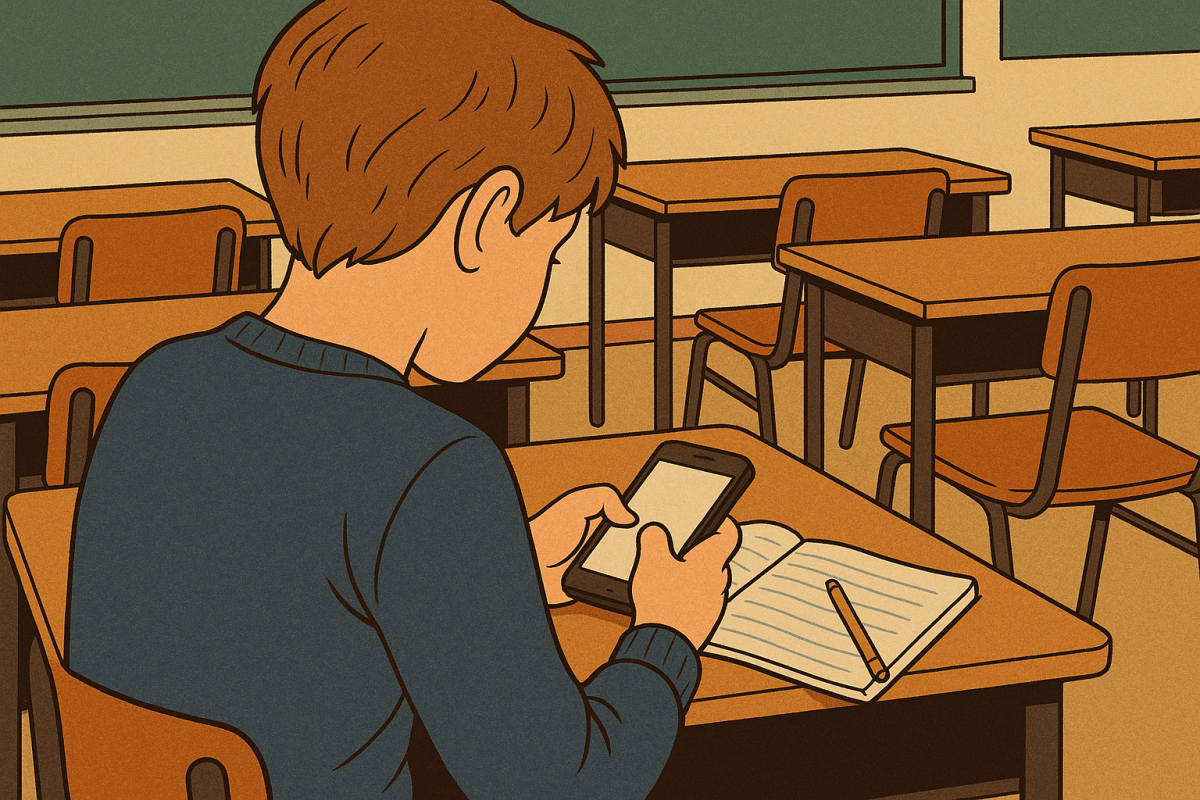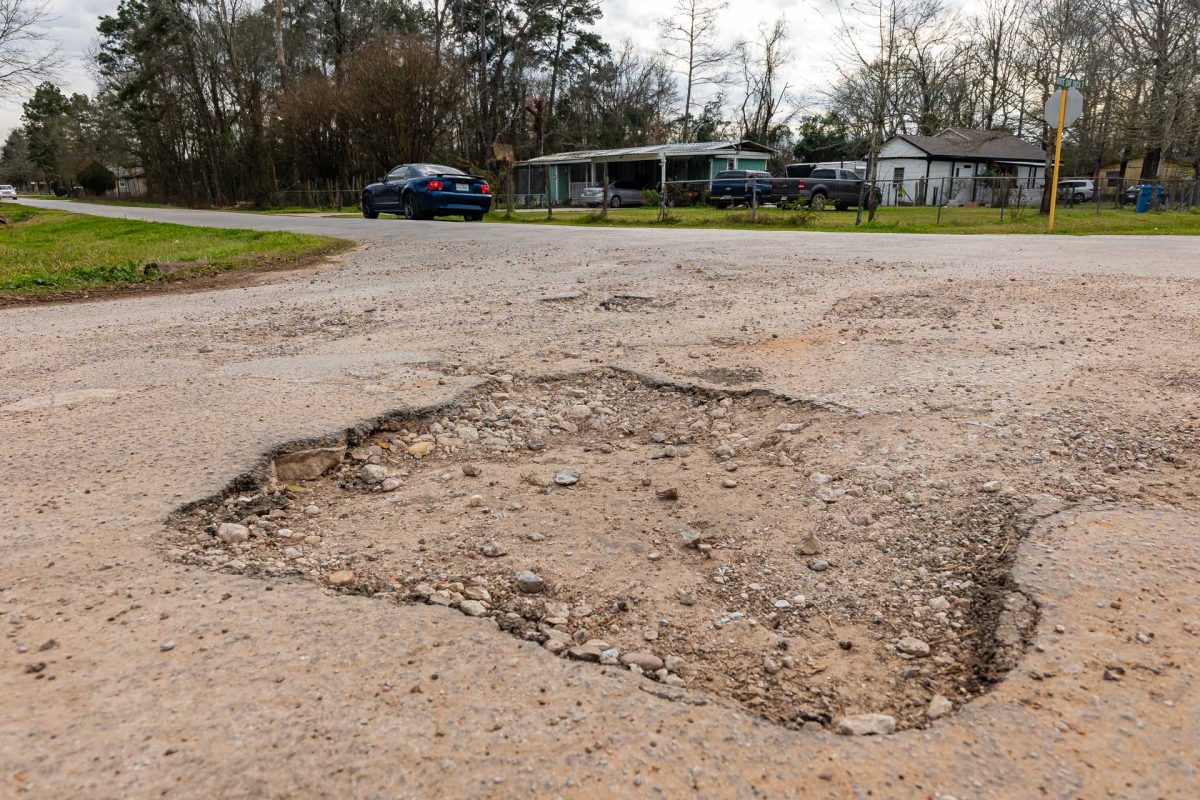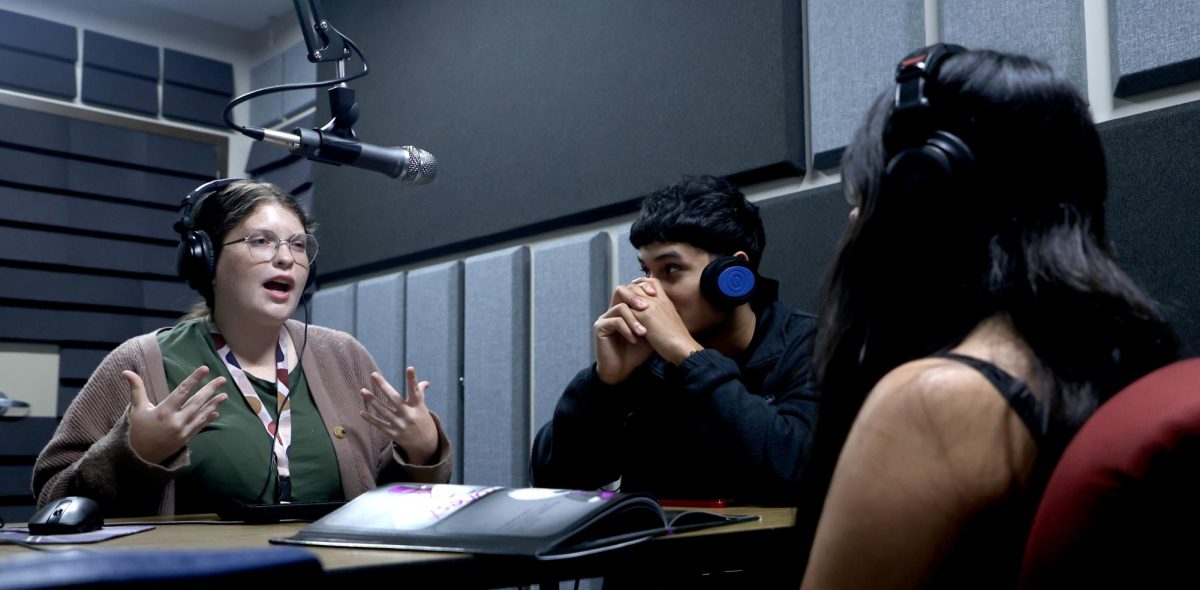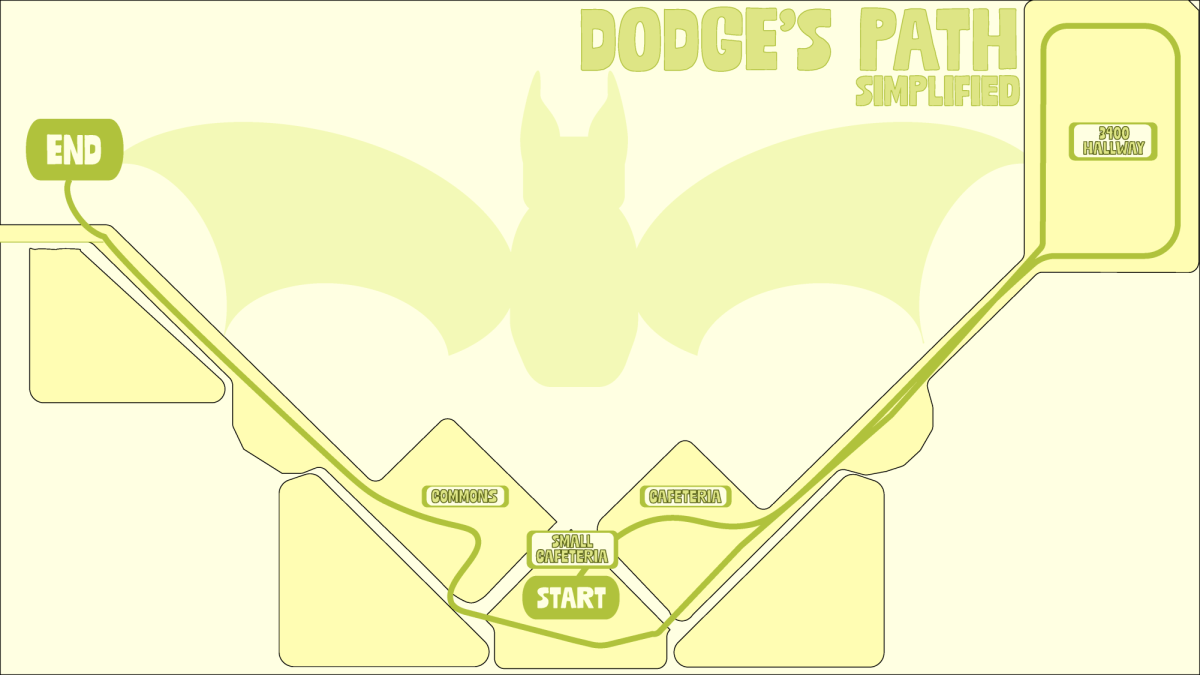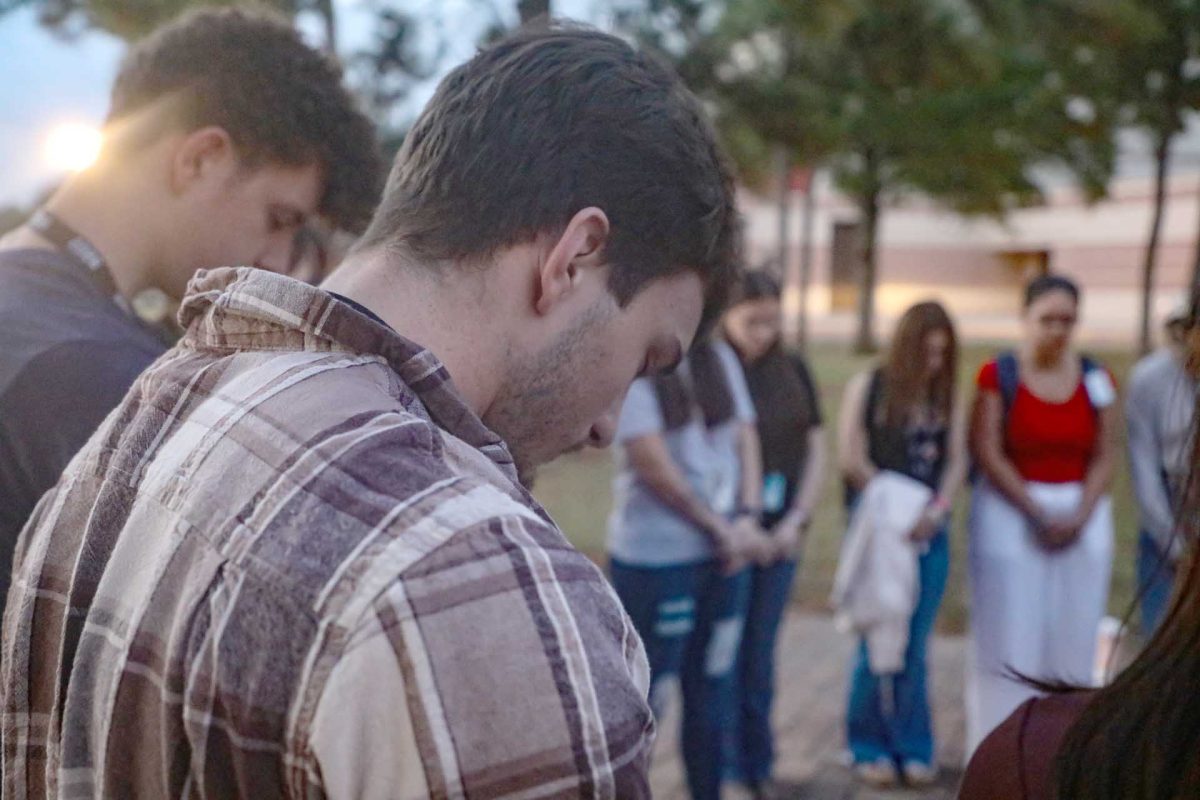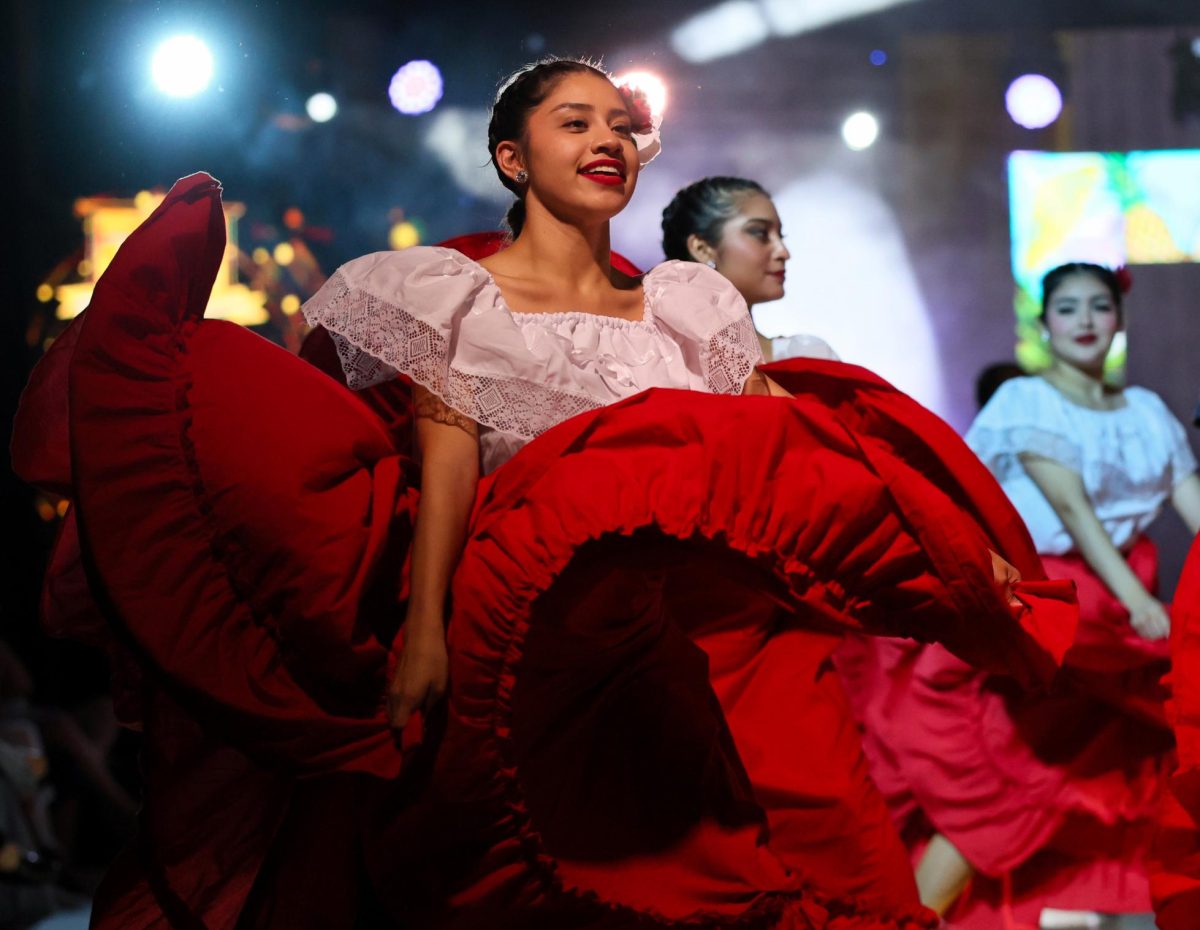“Avatar: The Last Airbender” is Netflix’s live action adaptation of the Nickelodeon animated TV series of the same name.
Since its airing on Nickelodeon in the late 2000s, “Avatar: The Last Airbender” gained a tremendous following and critical acclaim thanks to the production of its creators, Bryan Konietzko and Daniel DiMartino. Their incredible work greenlighted the expansion of more projects in their universe, including sequels, graphic novels, and movies. When Konietzko and DiMartino announced they were exiting the production of Netflix’s Live action adaptation of the show due to creative differences, fans were left concerned of a disastrous repeat of the live action movie being on the Horizon. Although nowhere near as terrible as the movie, it offers fans of the original series very little reason to watch.
The story takes place in a world of four elemental nations: the Water Tribes, the Earth Kingdom, the Fire Nation, and the Air Nomads. The Avatar, master of all four elements, is endlessly reincarnated as a figure to keep peace between the kingdoms. During the Fire Nation’s imperialistic attack on other kingdoms, the Avatar vanishes. A century later, siblings Katara (Kiawentiio Tarbell) and Sokka (Ian Ousley) discover the new Avatar, a twelve-year-old airbender named Aang (Gordon Cormier). Together they accompany Aang in his journey to master all four elements and return balance to the world. Their goal is to eliminate Firelord Ozai (Daniel Dae Kim) to restore balance to the four kingdoms.
However, Netflix’s adaptation of “Avatar: The Last Airbender” continues the common problem in live-action adaptations:altering the story at the expense of characters, a distracting change of style, and dishonoring the format of its predecessor.
Gordon Cormier is fantastic as Aang, yet its potential is ruined by the rushed plots. For example, in the animation, Aang commonly shows his lack of seriousness in mastering the elements in favor of feeding his curiosity in side quests. The live action merely tells the audience who Aang is instead of showing the audience. The show suffers as a result as it fails to recognize the reason the animation worked was it shows the childrens constant positivity and silliness, despite being victims of war.
Another failure in its adaptation of Aang comes in the first episode. The inclusion of Aang’s backstory was great as it provides context to the glory of the Air Nomads, offering insight to what Aang lost in isolation. However it fumbles an important part of his story; his survivors’ guilt from running away from the Air Temple. In the original series, he runs away from home as a result of the pressure he endured following his discovery as the reincarnation of the Avatar. He would be forced to leave behind his best friend, Gyatso, as a result of the cultural views (inspired by Tibetan Buddhism) on attachment, where it is viewed as the root of suffering and a roadblock in the development of his elemental prowess. Instead of providing emotional context from running away from his duty, the Netflix adaptation settles to having Aang ride off with his sky bison to clear his head, stripping him of the guilt that added layers of depth to his role in the world.
In addition to Aang, both Katara and Sokka would suffer from the change in writing vision. For example, Sokka lacks the depth he once had, especially seen in his relationship with the Kyoshi warriors and his father. He isn’t dismissive at the sight of the female Kyoshi warriors as a result of his desire to be accepted as a warrior, especially by his war-fighting father. Instead, he immediately accepts their way of life, stripping him of his childish nature that held him back from becoming a leader in the animation. His crucial conversation with his father is also overshadowed at the fault of scene organization, as it is placed mere minutes away from Ozai’s burning of Zuko’s (Dallas James Liu) eye just because of how disappointed he was in him.
Similarly, Katara lacks the leadership and flaws she once had, again not at fault of the actors. The show unfortunately changes a crucial artifact in her story; the Water Scroll. Diverging from the animation, Katara is simply handed the scroll, instead of stealing out of desire to improve her waterbending skills. The Water Scroll plays a role in teaching Aang’s waterbending skills, where she’d become jealous of his prowess. Instead of this, Katara is handed the scroll, removing flaws in her character, and as silly as it sounds, she doesn’t even teach Aang waterbending. This completely throws away the format of the original, which was famously called “Book 1: Water” for its dedication to first teach the Avatar waterbending.
The series shows instances of misunderstanding the material in a manner that removes the fun and depth of its predecessor. Fan favorites such as Jet, the Mechanist, Teo, and King Bumi were all thrown into one city in comparison to their spread across the world to create a sense of how different regions of the world are handling problems. Additionally, The adaptation also reduces Momo and Appa to mere cute pets and transportation, stripping away their significance as connection to Aang’s past life with the Air Nomads. They’ve somehow managed to strip the emotional depth in their bond as his own way of reconnecting to his lost culture.
Overall, writers should find a better tone for their take of the story while avoiding spoon fed dialogue that removes depth and intrigue. They must emphasize how crucial side quests were for worldbuilding and the growth of the characters. Showrunners doomed themselves by wishing to adapt such a quality series that ultimately leaves fans thinking how much better its original was.
All eight episodes of “Avatar: The Last Airbender” are available to stream now on Netflix, alongside its animated predecessor of the same name.







